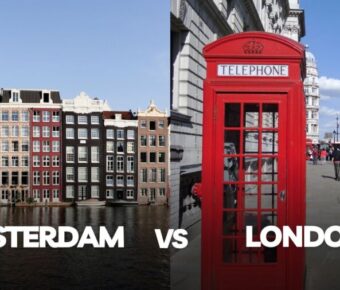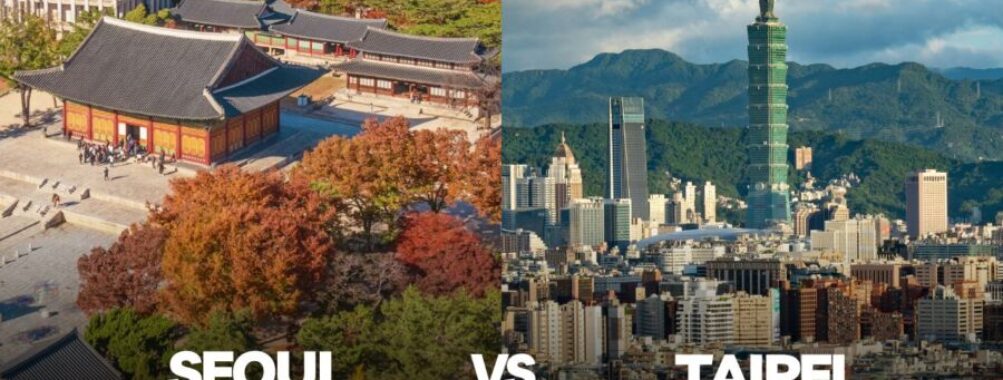
Seoul vs Taipei: 5 Key Differences to Know Before Your 2025 Asian Adventure
Seoul and Taipei are two of East Asia’s most vibrant capitals, each offering unique experiences for travelers. Seoul dazzles with its modern skyline, extensive metro system, and dynamic urban culture.
Taipei counters are easier to navigate and have slightly more affordable living costs. For a short 3-day visit, Taipei might be the better choice as it’s more compact and easier to explore efficiently.
Both cities boast incredible food scenes, efficient public transportation, and fascinating traditional and modern attractions blends. Seoul is larger and more populous, with over 7 million more inhabitants than Taipei, which means more attractions and potentially more time spent traveling between them. The language barrier can also influence your experience – if you know Mandarin, Taipei becomes much more accessible, while Korean speakers will naturally feel more comfortable in Seoul.
Your decision might come down to what you value most. Seoul’s grand scale and cutting-edge vibe or Taipei’s manageable size and slightly gentler learning curve for first-time East Asian visitors.
Contents
- Geographical Overview
- Location in East Asia
- Climate and Weather Patterns
- Cultural Insights
- Historic Influences
- Modern Day Cultural Exchange
- Language and Communication
- Architectural Marvels
- Seoul’s Skyline
- Taipei’s Iconic Buildings
- Culinary Journeys
- Street Food Scenes
- Local Delicacies
- Fine Dining Experiences
- Economic Landscapes
- Technology and Innovation
- Business Opportunities
- Urban Lifestyle
- Living Standards
- Public Transportation
- Recreation and Entertainment
- Travel Itineraries
- Popular Attractions
- Hidden Gems
- Day Trips and Excursions
- Frequently Asked Questions
- What unique experiences does Seoul offer compared to Taipei for cultural enthusiasts?
- How does the cost of living for tourists in Seoul compare to that in Taipei?
- Can you recommend off-the-beaten-path attractions when visiting Taipei?
- What are some tips for making the most of a short trip to Seoul?
- How do the public transportation systems in Seoul and Taipei differ for visitors?
- What are the must-try traditional cuisines in Taipei and Seoul for first-time traveslers?
- More Travel Guides
Geographical Overview
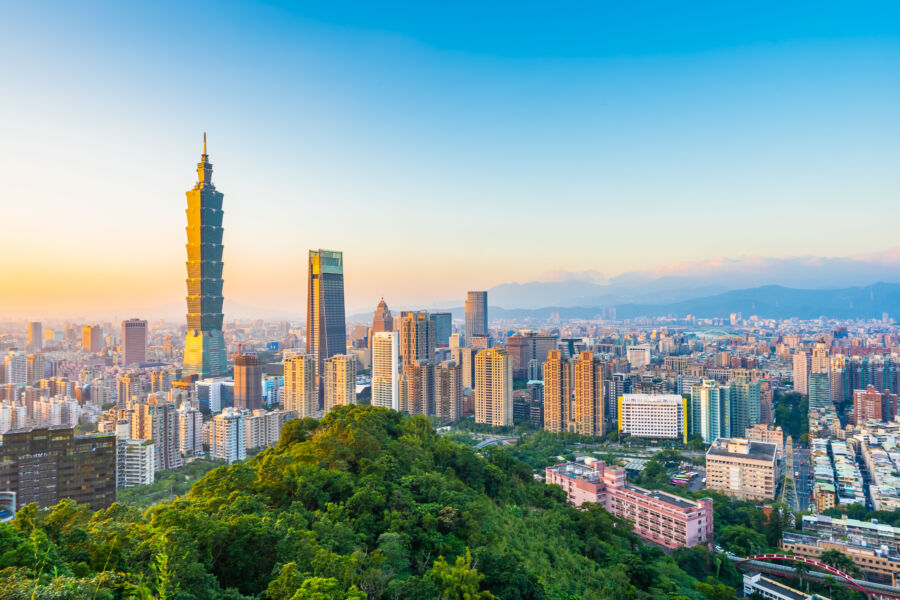
Seoul and Taipei are located in different East Asian corners, each with unique geographical features that shape daily life and visitor experiences. Their locations and climate patterns create distinct urban environments with challenges and charms.
Location in East Asia
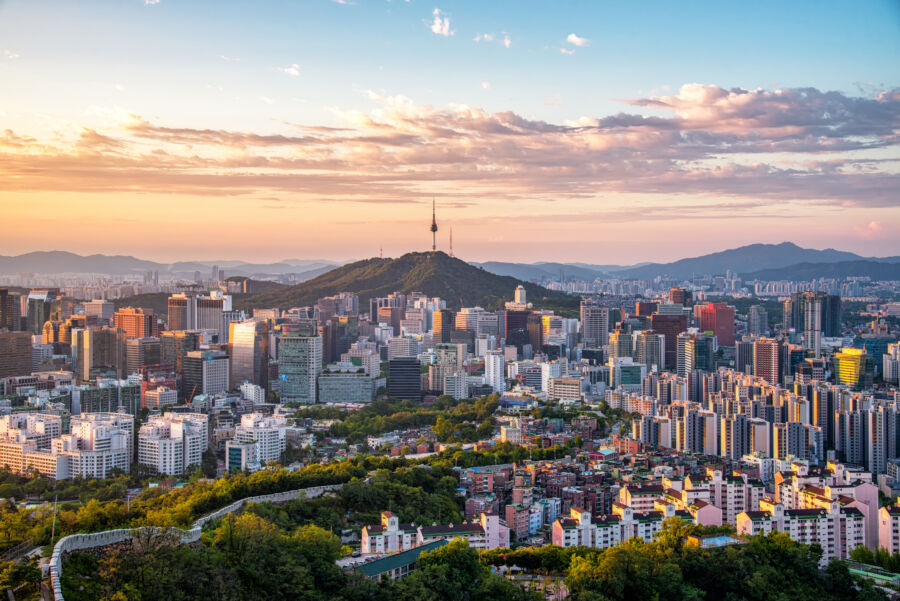
Seoul occupies the northwestern region of South Korea, situated along the Han River just 35 miles from the North Korean border. The city spreads across a basin surrounded by mountains, giving it a dramatic skyline where modern skyscrapers meet natural peaks. Seoul’s metropolitan area covers about 100,339 square kilometers, significantly larger than Taipei’s.
Taipei nestles in a basin in northern Taiwan, with the Tamsui River flowing through its western districts. Mountains embrace the city on three sides and open to the Taiwan Strait, creating a natural harbor.
At roughly 35,980 square kilometers, Taipei’s total area is much smaller than Seoul’s, resulting in a more compact urban experience. Both cities serve as capitals and major transportation hubs for their respective countries, as gateways to East Asia.
Climate and Weather Patterns
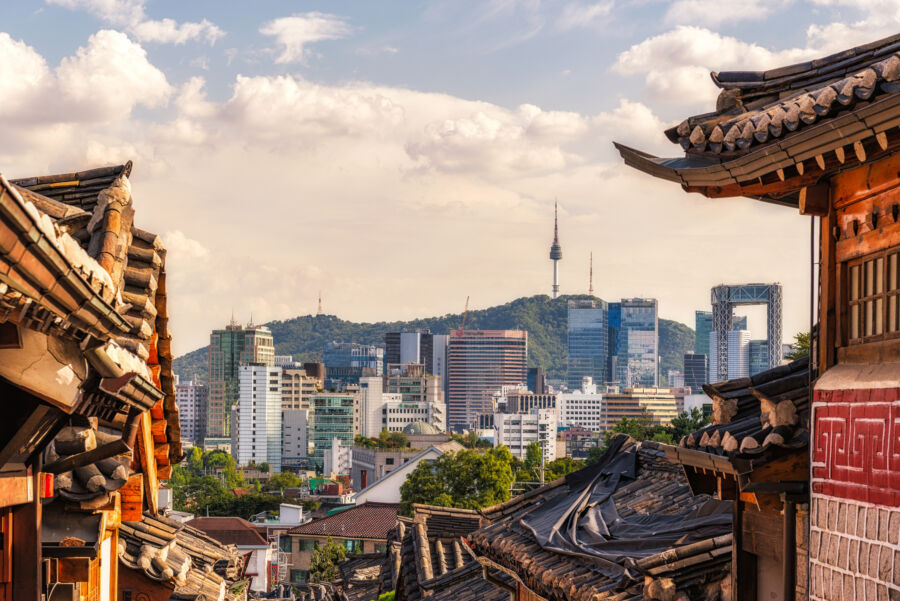
Seoul experiences four distinct seasons with dramatic temperature swings. Winters can be brutally cold, with temperatures frequently dropping below freezing, while summers bring intense heat and humidity with the monsoon season. Spring and fall offer mild, pleasant weather that draws tourists seeking cherry blossoms or autumn foliage.
Taipei boasts a subtropical climate that stays warmer year-round. According to climate comparison data, Taipei’s average maximum temperature is about 10°C higher than Seoul’s, and its average temperature is 10.5°C warmer. This creates milder winters but equally humid summers.
Rain patterns differ too – Taipei receives more consistent precipitation throughout the year, while Seoul concentrates most rainfall during its summer monsoon season. Both cities deal with occasional typhoons, though Taipei faces them more frequently due to its coastal position.
Cultural Insights
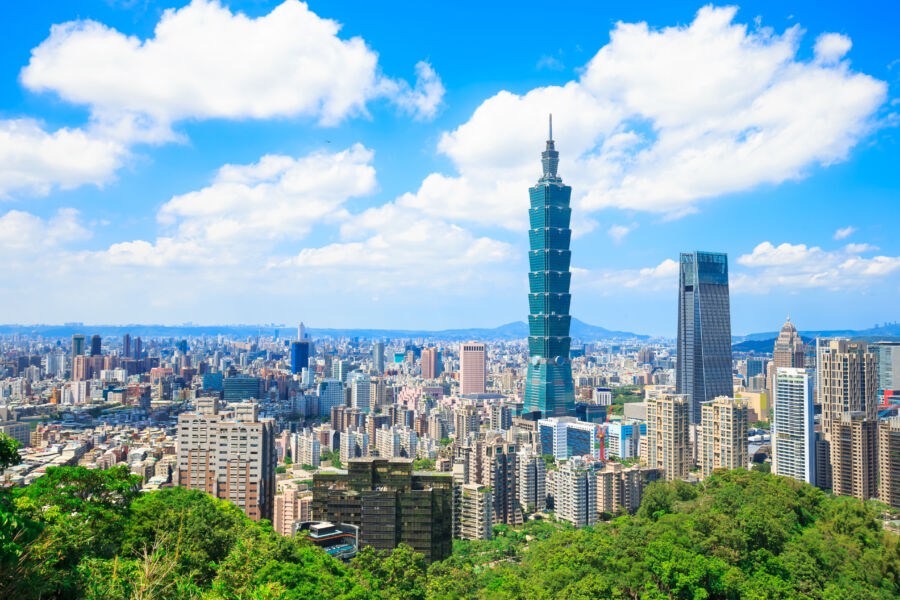
Seoul and Taipei showcase distinct cultural identities shaped by their unique histories, yet they share fascinating similarities. Both cities blend ancient traditions with modern influences, creating vibrant urban experiences that attract visitors worldwide.
Historic Influences
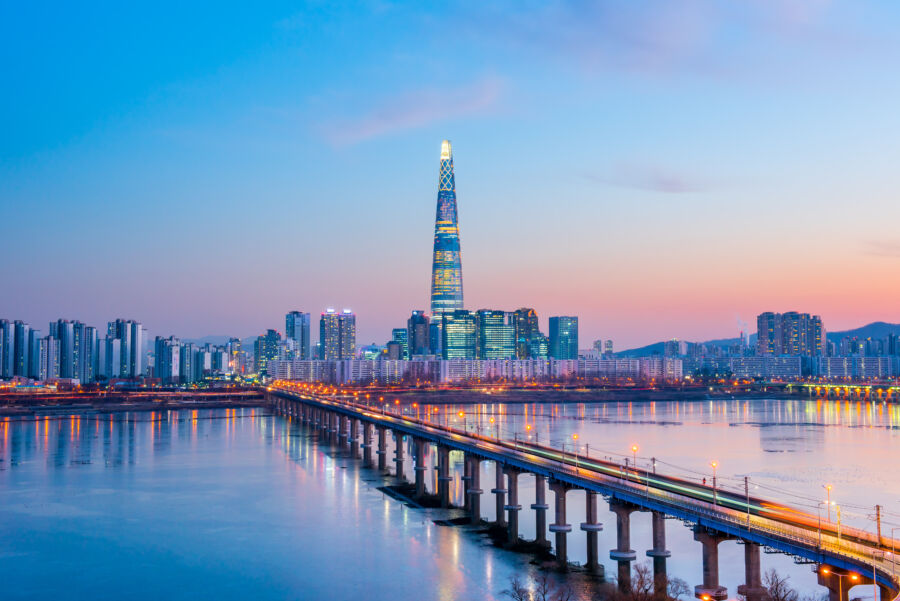
Seoul’s cultural identity has been deeply shaped by Confucian principles and the Joseon Dynasty (1392-1910). This influence can be seen in the city’s five grand palaces and traditional Hanok villages. The Japanese occupation (1910-1945) and the Korean War left lasting impacts, contributing to Korea’s fierce sense of national identity.
Taiwan’s cultural landscape reflects its complex history under Dutch, Spanish, Japanese, and Chinese rule. Taipei preserves this heritage through sites like Longshan Temple and Fort San Domingo.
Unlike Seoul, Taipei maintained stronger Chinese cultural elements while developing its distinct Taiwanese identity. Both cities experienced rapid modernization in the late 20th century, transforming from war-torn regions to economic powerhouses in just a few decades.
Modern Day Cultural Exchange

K-pop and K-dramas have propelled Seoul onto the global stage, creating the “Hallyu” or Korean Wave phenomenon. This cultural export has boosted tourism and inspired a generation of international fans to learn Korean.
Taipei has responded with its cultural exports, though on a smaller scale. Taiwanese cinema, literature, and food have gained international recognition. Night markets like Shilin have become iconic cultural experiences that travelers seek out.
The two cities now enjoy significant cross-cultural exchange. Korean beauty brands line Taipei’s shelves, while Taiwanese bubble tea shops have become fixtures in Seoul. This cultural trade has created a fascinating East Asian dialogue that benefits both.
Language and Communication
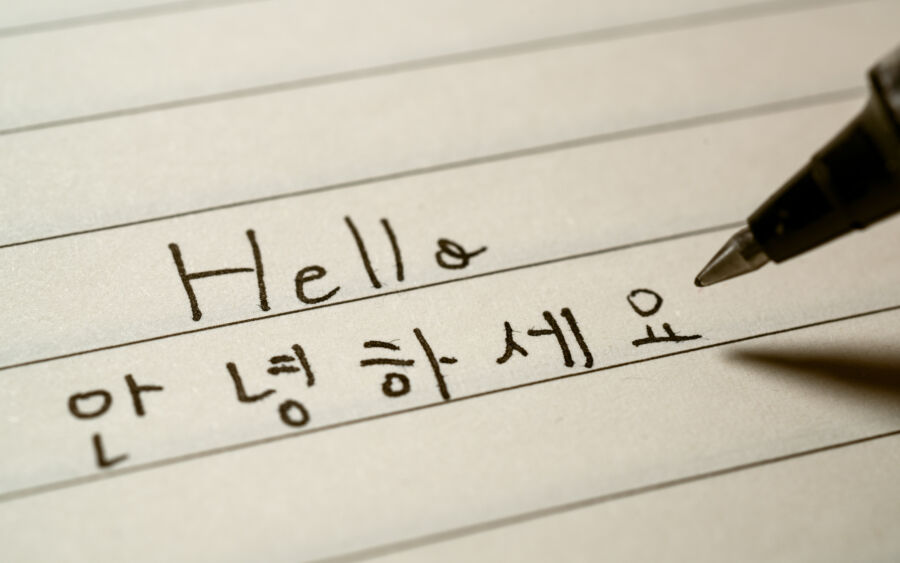
Seoul’s linguistic landscape is dominated by Korean, a language with its unique alphabet (Hangul). Many younger Seoulites speak some English, especially in tourist areas, but the language barrier can be challenging for visitors.
Taipei offers a more linguistically diverse environment. Mandarin Chinese is the official language, but many residents also speak Taiwanese Hokkien and Hakka. English proficiency tends to be higher in Taipei, particularly among younger generations.
Both cities have embraced technology to overcome communication barriers. Translation apps, bilingual signage, and English-language services have made both destinations more accessible to international visitors in recent years.
See Related: Paris vs Seoul: Surprising Differences Between These Iconic Cities
Architectural Marvels
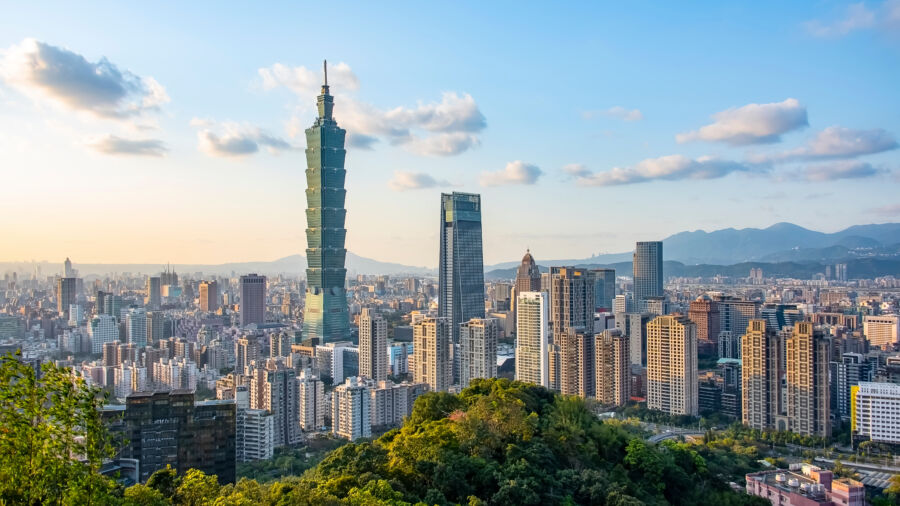
Seoul and Taipei showcase stunning modern architecture that reflects their rapid economic development while honoring traditional cultural elements. These cities have transformed their skylines dramatically in recent decades, creating distinctive urban identities.
Seoul’s Skyline
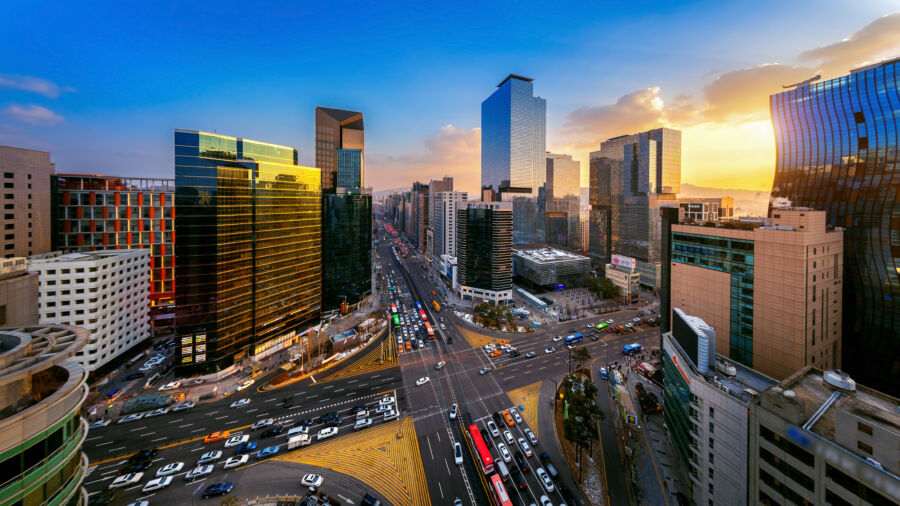
Seoul’s architecture tells the story of a city rebuilt after the Korean War. Most buildings are relatively new, constructed during the massive building boom of the past 70 years. The city’s skyline features an impressive mix of ultramodern structures alongside historic palaces.
Lotte World Tower is Seoul’s tallest building at 555 meters, offering breathtaking views from its observation deck. Its sleek design represents Korea’s technological prowess and economic strength.
The futuristic Dongdaemun Design Plaza, designed by Zaha Hadid, has become an architectural icon with its curved metallic exterior. This cultural hub hosts fashion shows, exhibitions, and markets. N Seoul Tower perches atop Namsan Mountain, serving as a communication tower and a beloved landmark illuminated with colorful lights each evening.
Taipei’s Iconic Buildings
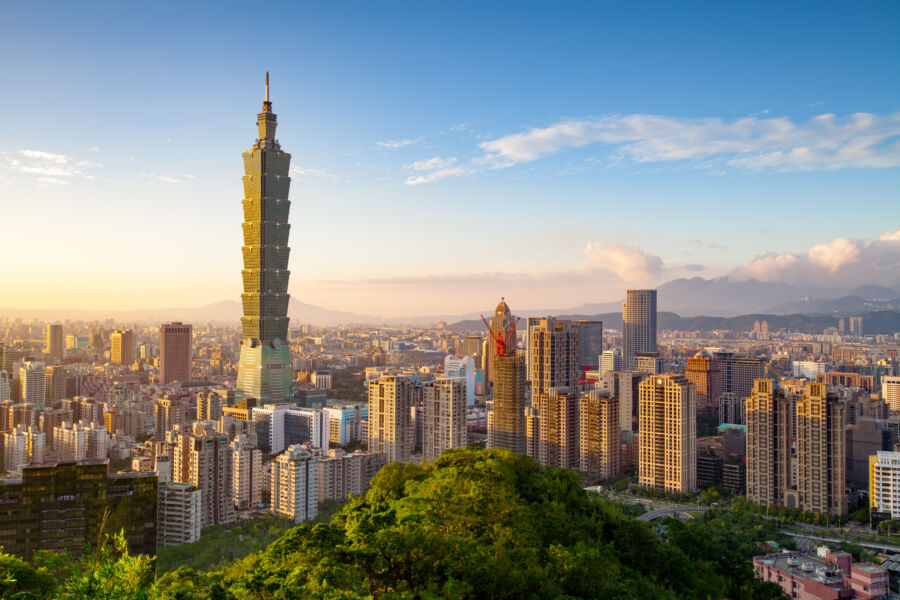
Taipei’s architectural landscape blends Chinese influences, Japanese colonial remnants, and bold modern designs. The city embraces both tradition and innovation in its buildings.
Taipei 101 dominated the city’s skyline and once held the world’s tallest building title. Its design cleverly incorporates traditional Asian aesthetics with bamboo-inspired segments and feng shui principles. The massive damper ball inside helps stabilize the structure during earthquakes and typhoons.
The Sun Yat-sen Memorial Hall’s bright blue roof tiles and ornate details showcase classical Chinese architectural elements. This cultural landmark honors the founding fathers of the Republic of China.
Huashan 1914 Creative Park transformed former wine factory buildings into artistic spaces. These renovated industrial structures now host exhibitions, boutiques, and cafés, a perfect example of adaptive reuse.
Culinary Journeys
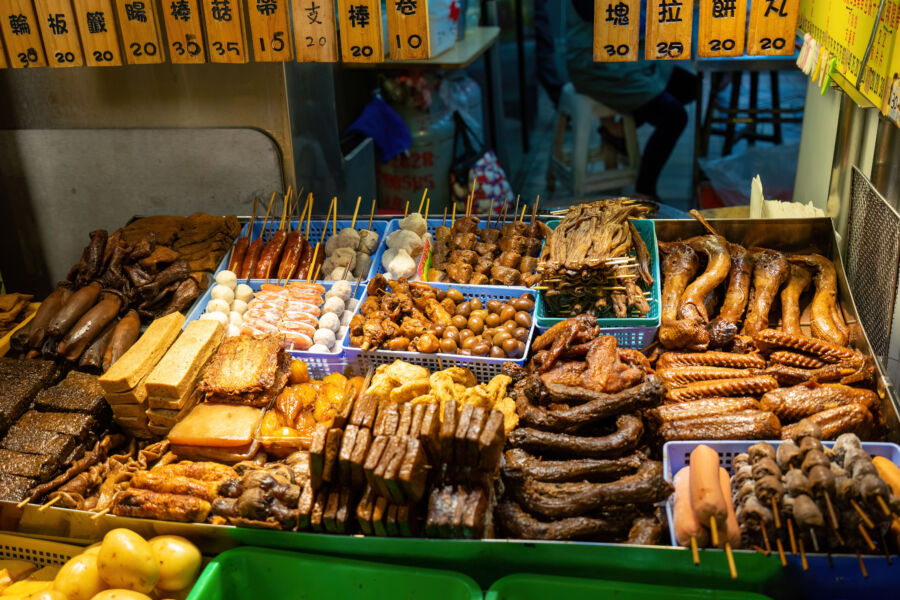
Seoul and Taipei offer incredible food experiences that showcase their unique cultural identities and histories. The culinary scenes in these Asian capitals range from humble street food to sophisticated fine dining, with each city bringing its distinctive flavors to the table.
Street Food Scenes
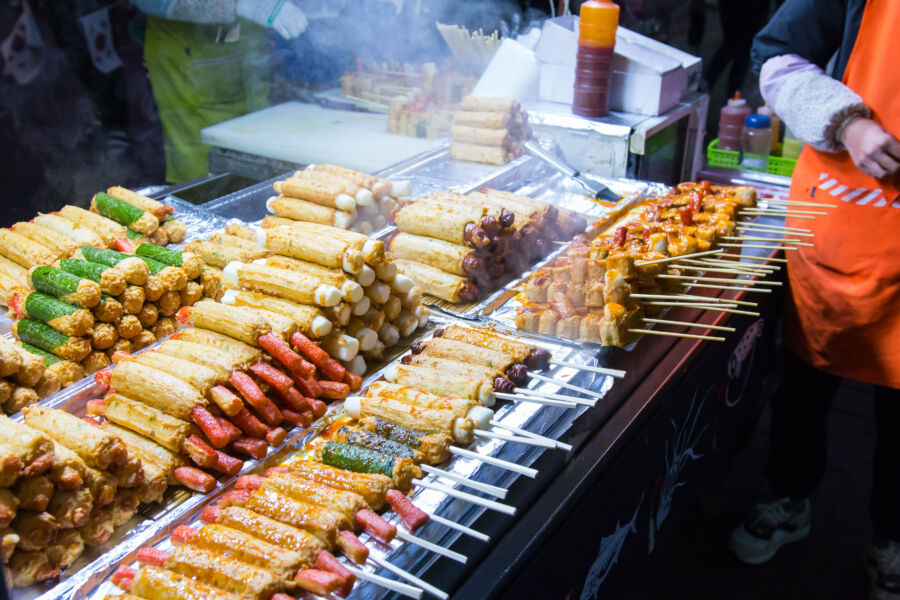
Seoul’s street food culture thrives in areas like Myeongdong and Gwangjang Market, where vendors serve classics like tteokbokki (spicy rice cakes) and hotteok (sweet pancakes). The bustling atmosphere creates an exciting backdrop as locals and tourists huddle around small stalls, sharing food and experiences.
Taipei’s night markets take street food to another level. The famous Shilin Night Market buzzes with energy as vendors compete for attention with their xiao long bao (soup dumplings) and stinky tofu. What makes Taipei’s street food scene unique is its accessibility – prices are generally lower than Seoul’s, and the variety is staggering.
Both cities offer food tours that help visitors navigate the sometimes overwhelming options. I’ve found Taipei’s street food culture slightly more approachable for newcomers, with more English signage and vendors more accustomed to foreign visitors.
Local Delicacies
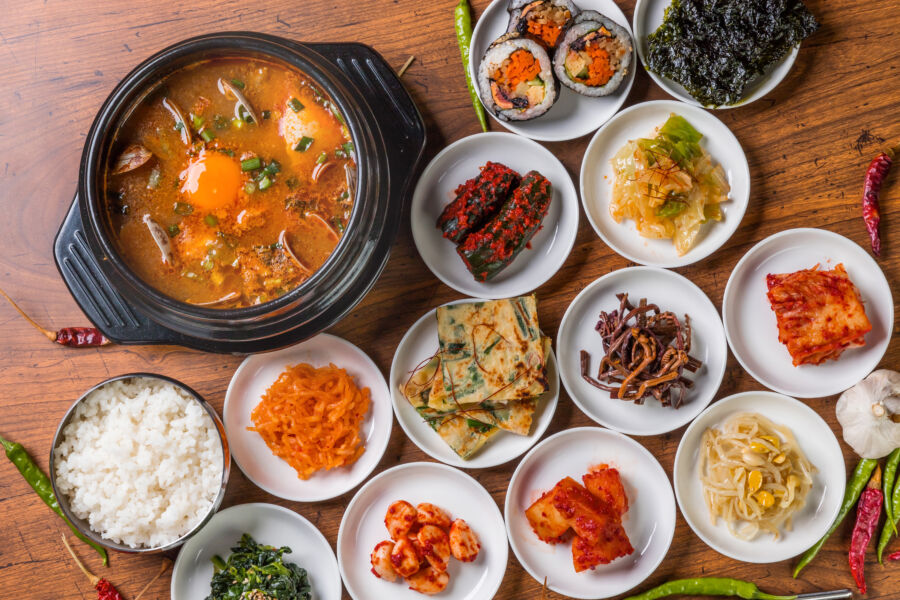
Seoul’s local cuisine centers around fermentation and bold flavors. Kimchi, the fermented vegetable dish, appears in countless variations. The Korean BBQ experience is unmissable – sitting around a table grill cooking marinated meats like samgyeopsal (pork belly) creates a social dining experience unlike anything else.
Taipei’s delicacies reflect Taiwan’s complex history and influences. With its rich broth and tender meat, beef noodle soup is considered a national dish. Taiwanese fried chicken and oyster omelets showcase the island’s love for street-friendly foods with complex flavors.
Breakfast cultures differ dramatically, too. Try a traditional Korean breakfast of rice, soup, and banchan (side dishes) in Seoul. Taipei offers fan tuan (sticky rice rolls) and dan bing (egg crepes) from morning food stalls across the city.
Fine Dining Experiences
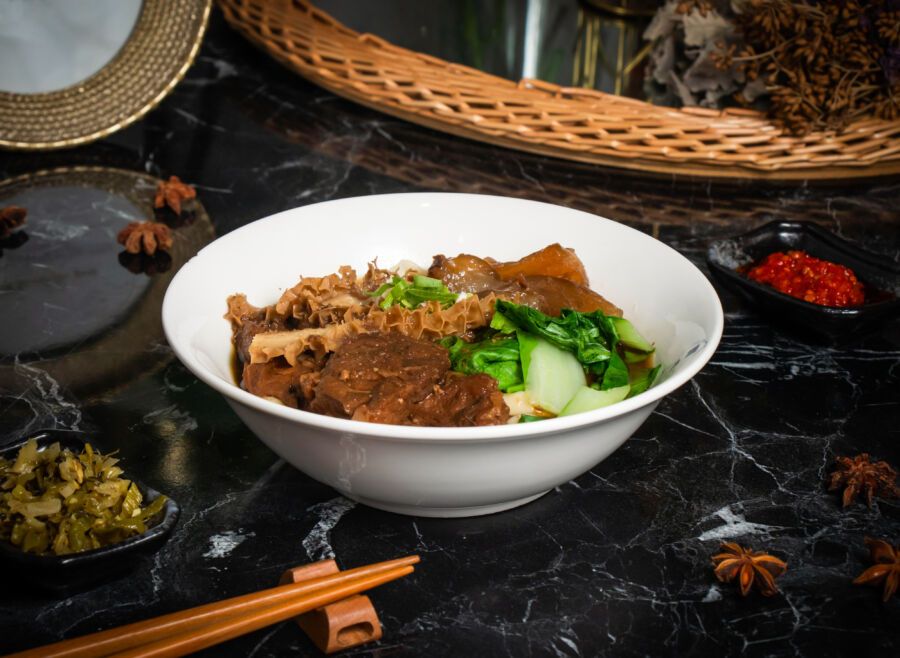
Seoul has embraced the fine dining scene with impressive enthusiasm. The city now boasts several Michelin-starred restaurants that blend Korean traditions with modern techniques. Restaurants like Mingles and Jungsik reinterpret classic Korean flavors in sophisticated presentations.
Taipei’s high-end dining scene is more understated but equally impressive. The city’s fine dining establishments often focus on seasonal ingredients and precise techniques. RAW, by chef André Chiang, showcases Taiwan’s local bounty through innovative presentations.
What’s fascinating is how both cities maintain their cultural identities even at the highest culinary levels. Seoul’s fine dining often incorporates traditional fermented elements and cooking techniques, while Taipei’s upscale restaurants frequently reference street food classics and Chinese culinary traditions in their refined dishes.
Economic Landscapes
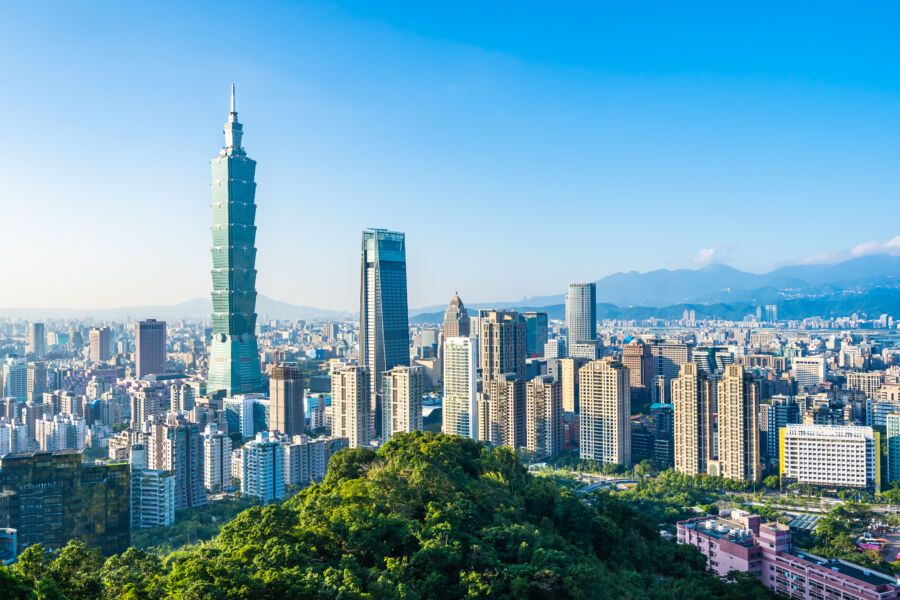
Seoul and Taipei have developed unique economic identities despite their similar historical foundations. Both East Asian capitals serve as powerful engines driving their respective national economies, with distinct strengths and business environments.
Technology and Innovation

South Korea has transformed Seoul into a global tech powerhouse, home to giants like Samsung and LG. The city’s tech scene focuses heavily on hardware manufacturing, semiconductors, and consumer electronics. Seoul’s government invests heavily in R&D and has special economic zones designed to foster innovation.
Taipei, meanwhile, has built its reputation around semiconductor manufacturing, with TSMC leading the charge. Taiwan produces over 60% of the world’s semiconductors, making it crucial to global supply chains. The city has a thriving startup ecosystem that’s more nimble than Seoul’s corporate-dominated landscape.
Both cities have embraced digital transformation, but Taipei favors small and medium enterprises while Seoul leans toward its chaebols (large family-owned conglomerates). This difference creates varied innovation cultures – Seoul’s more structured approach versus Taipei’s entrepreneurial flexibility.
Business Opportunities

Seoul offers foreigners access to its massive domestic market of 51 million consumers with high purchasing power. The city provides generous incentives for international businesses, especially in designated free economic zones. However, navigating Korea’s business culture, with its hierarchy-focused corporate environment, can be challenging.
Taipei presents different advantages, such as easier market entry for small businesses and startups. Taiwan’s strategic position as a gateway to mainland China (while maintaining independence) gives it unique regional leverage. Business relationships in Taipei tend to be more informal than in Seoul, where there are rigid structures.
Foreign entrepreneurs often find Taipei more accessible due to lower startup costs and fewer regulatory hurdles. Seoul compensates with better infrastructure and a larger potential domestic market reach. Both cities serve as excellent regional headquarters for companies looking to expand across East Asia.
See Related: Seoul vs Singapore: Key Differences for Smart Travelers
Urban Lifestyle
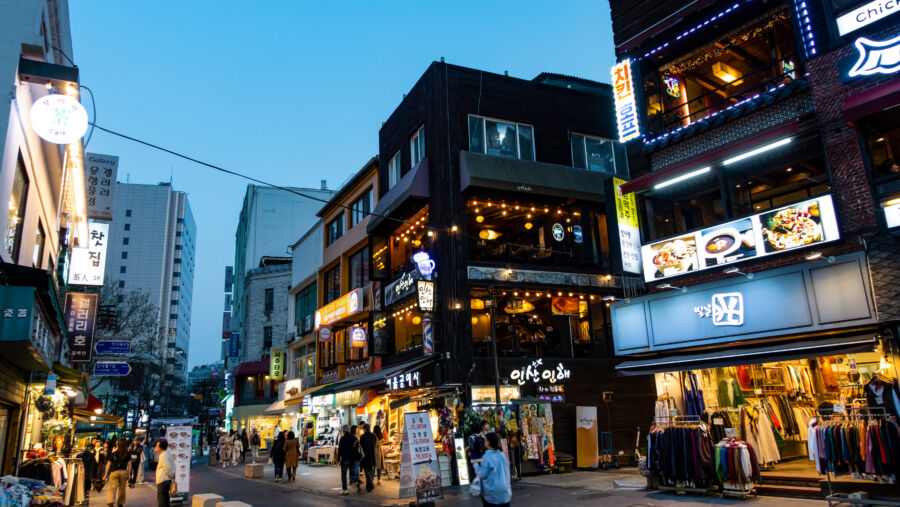
Seoul and Taipei offer unique urban experiences shaped by their cultures, economies, and urban planning. Both cities blend modern conveniences with traditional elements, though they differ significantly in pace, cost, and overall vibe.
Living Standards

Living in Seoul comes with a higher price tag than Taipei. To maintain the same standard of life that costs 8 million won in Seoul, you’d need about 5.8 million Korean won in Taipei. This makes Taipei roughly 26% more affordable overall.
Housing is particularly expensive in Seoul due to limited space and high demand. Apartments tend to be smaller but more modern than those in Taipei. Many Seoul residents live in high-rise buildings with convenient amenities.
Taipei offers more bang for your buck in terms of housing. While still a major city, its smaller population (3 million compared to Seoul’s 10 million) means less competition for space.
Food costs differ, too. Street food in Taipei is generally cheaper and more diverse, while Seoul has more expensive dining options. Both cities have excellent healthcare systems, though Taiwan’s universal coverage is often praised.
Public Transportation
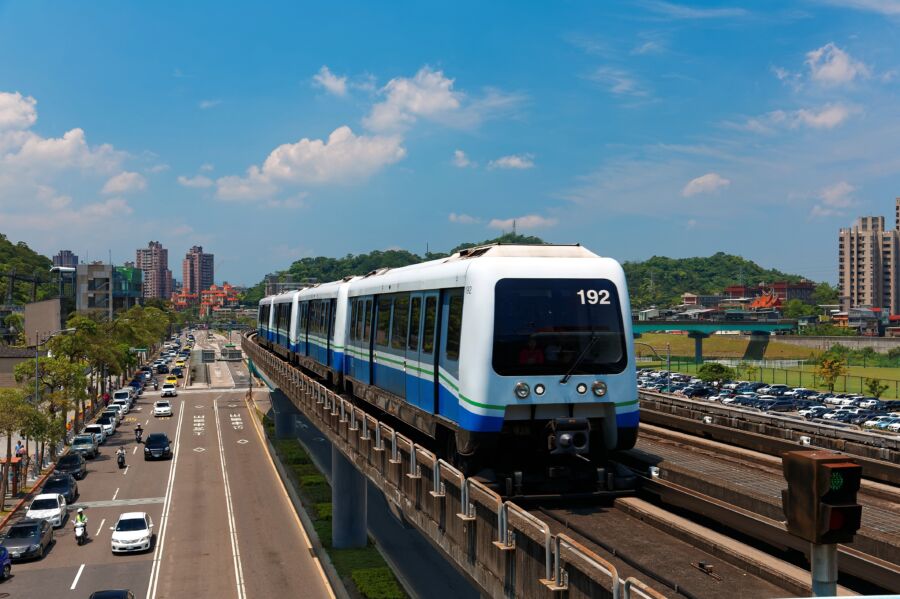
Both cities boast world-class public transit systems that make car ownership optional. Seoul’s subway system is larger, with 23 lines covering the sprawling metropolis. It’s incredibly efficient but can get overwhelmingly crowded during rush hours.
Taipei’s MRT (Mass Rapid Transit) has fewer lines but is known for being spotlessly clean and punctual. The stations are more spacious and less confusing for newcomers. You’ll rarely wait more than 3-5 minutes for a train in either city.
Buses complement the rail networks in both places. Seoul has an extensive bus system with dedicated lanes that help speed travel during traffic jams, and Taipei’s bus network is well-integrated with the MRT.
Recreation and Entertainment
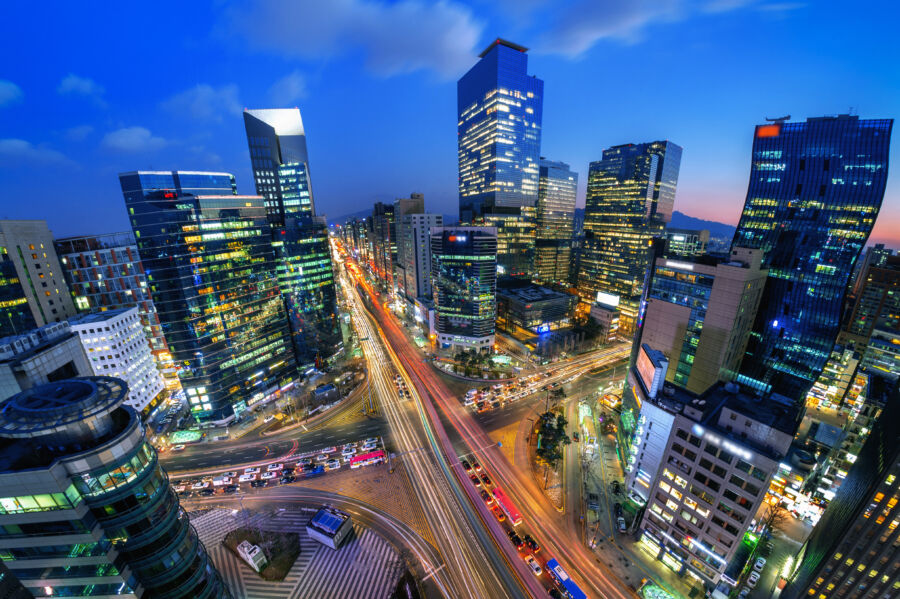
Seoul pulses with energy 24/7. The nightlife districts of Hongdae and Gangnam offer countless clubs, bars, and late-night shopping. Cafe culture is huge, with themed cafes on seemingly every corner.
Taipei has a more relaxed entertainment scene. Night markets like Shilin and Raohe are social hubs where you can snack and shop until late. The city has fewer mega-malls than Seoul but more quirky independent shops.
For outdoor activities, Taipei wins because of its better access to nature. Hiking trails can be reached via public transportation, and riverside parks are well-maintained. Seoul has beautiful parks, too, like Hangang River Park, but they feel more manicured.
Both cities have vibrant cultural scenes with museums, concerts, and festivals. Seoul tends to have more big international events, while Taipei offers more intimate cultural experiences and better preservation of historical sites.
Travel Itineraries
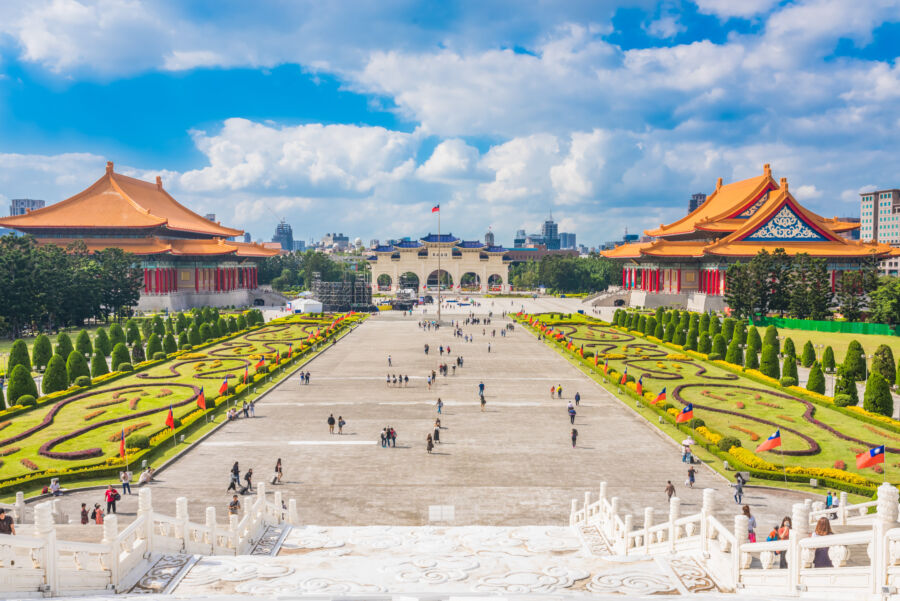
Planning your time in Seoul or Taipei requires some strategy to make the most of your visit. Both cities offer a mix of must-see attractions and lesser-known spots that showcase their unique character and culture.
Popular Attractions

Seoul’s iconic landmarks start with Gyeongbokgung Palace, the grandest of the five royal palaces from the Joseon Dynasty. The sprawling complex offers guided tours in multiple languages and stunning photo ops. Don’t miss Namsan Seoul Tower for breathtaking city views – take the cable car up for extra scenery points!
Taipei’s crown jewel is Taipei 101, once the world’s tallest building. The observation deck provides panoramic views, and the engineering marvel includes a massive wind damper that’s become an attraction. The National Palace Museum houses one of the world’s largest collections of Chinese artifacts, with treasures spanning 8,000 years of history.
Both cities boast vibrant night markets. Head to Myeongdong for street food and shopping in Seoul, while Taipei’s Shilin Night Market offers endless food stalls and local goods at bargain prices.
Hidden Gems
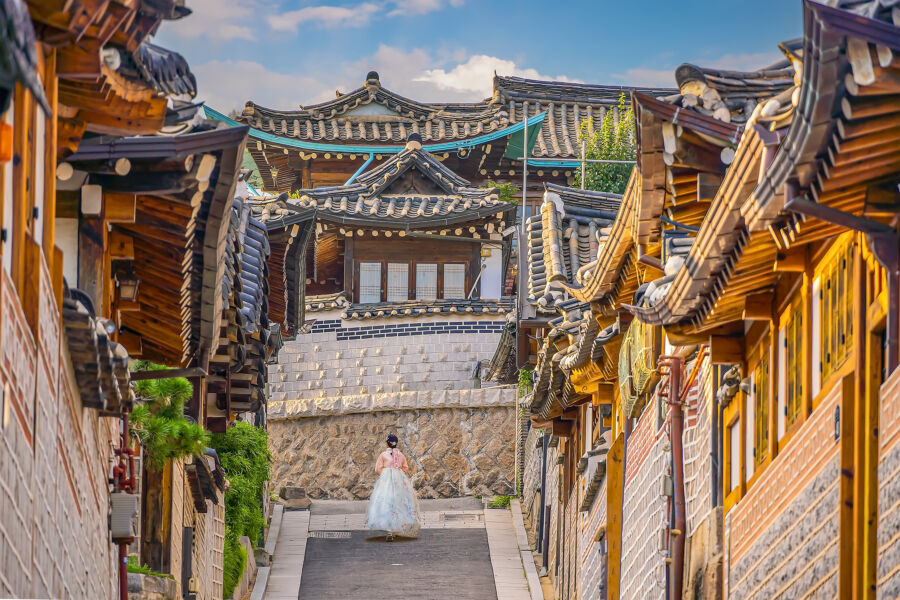
In Seoul, explore Bukchon Hanok Village’s traditional Korean houses nestled between skyscrapers. The narrow alleys and preserved architecture create a time-travel experience without the major tourist crowds. Ihwa Mural Village on Naksan features colorful street art and small cafes pthat are erfect for a relaxed afternoon.
Taipei’s hidden treasures include Huashan 1914 Creative Park, a former winery transformed into an artistic hub with exhibitions, boutiques, and hip cafes. The charming streets of Dihua offer traditional medicine shops, fabric stores, and tea houses in beautifully restored buildings.
Both cities have fantastic temples off the tourist trail. Seoul’s Gilsangsa Temple sits in a quiet neighborhood, while Taipei’s Lungshan Temple buzzes with local worshippers and fortune tellers amid incense clouds.
Day Trips and Excursions
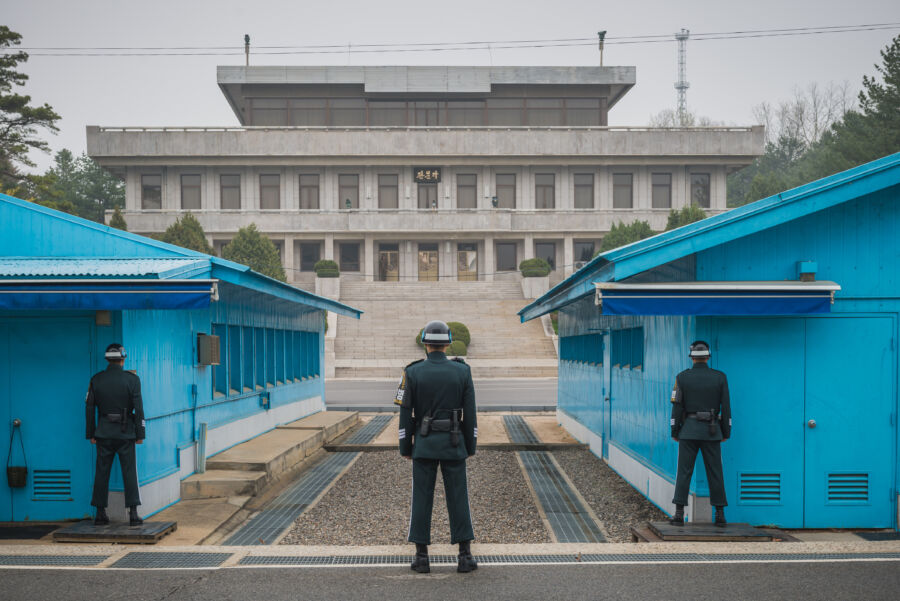
From Seoul, DMZ (Demilitarized Zone) tours provide a sobering look at Korean history. Nami Island, about 1.5 hours from the city center, makes for a peaceful day trip with tree-lined paths and artistic installations.
Taipei offers easy access to Beitou Hot Springs, where you can soak in mineral waters surrounded by lush mountains just 30 minutes from downtown. Jiufen, the hillside town that reportedly inspired scenes in “Spirited Away,” features lantern-lit alleys and tea houses with mountain views.
Both cities connect well to neighboring attractions. You can reach coastal Busan by high-speed train from Seoul in under 3 hours. Taipei is an excellent jumping-off point for exploring Taiwan’s beautiful east coast or taking short flights to Tokyo for extended itineraries.
Yangmingshan National Park offers hiking trails and stunning volcanic landscapes outside Taipei city limits. It is perfect for nature lovers needing a break from urban exploration.
See Related: Shanghai vs Seoul: Key Differences Between Asia’s Urban Giants
Frequently Asked Questions
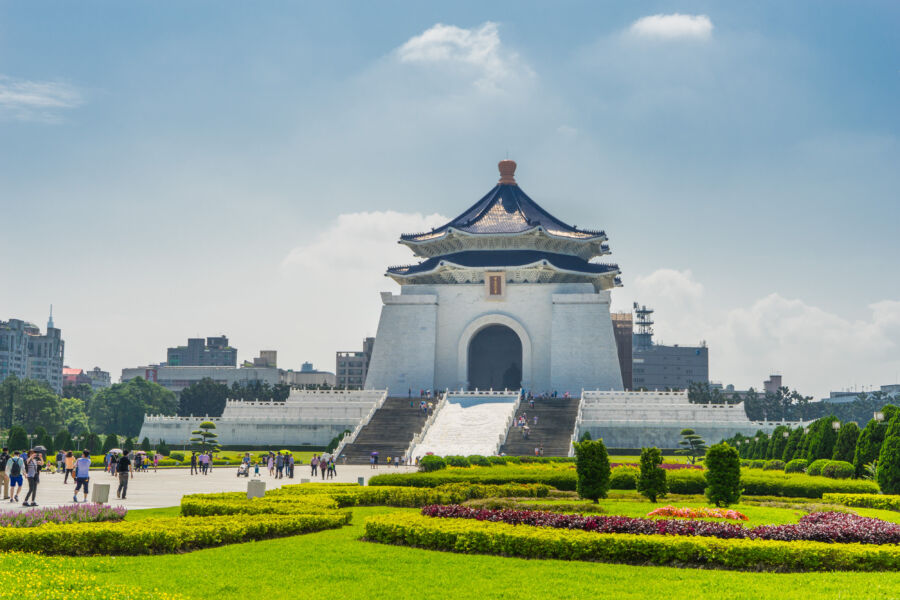
Travelers considering Seoul and Taipei often have specific questions about these vibrant Asian capitals. Both cities offer unique experiences with distinct cultural flavors, cuisine, and urban landscapes.
What unique experiences does Seoul offer compared to Taipei for cultural enthusiasts?
Seoul boasts a striking blend of ancient traditions and cutting-edge modernity. Visitors can explore the grand palaces like Gyeongbokgung and Changdeokgung, which showcase Korea’s royal heritage.
The city’s vibrant K-pop culture is unmissable, with opportunities to visit entertainment companies and even attend live music shows at venues like Hongdae.
Seoul’s themed cafés are another unique cultural experience, from cat cafés to ones designed around popular TV shows or characters.
How does the cost of living for tourists in Seoul compare to that in Taipei?
Seoul tends to be more expensive than Taipei overall, particularly for accommodation and entertainment. A mid-range hotel in Seoul might cost 30-50% more than comparable lodging in Taipei.
Food costs vary widely in both cities. Street food in Taipei is generally cheaper, with night markets offering delicious meals for under $5.
Transportation costs are similar in both cities. Both cities have efficient and affordable subway systems that visitors can navigate easily with transit cards.
Can you recommend off-the-beaten-path attractions when visiting Taipei?
Huashan 1914 Creative Park is a converted wine factory that houses art exhibitions, boutiques, and cafés—perfect for experiencing Taipei’s creative scene.
Treasure Hill Artist Village offers a glimpse into a former military settlement turned artist community, with winding paths and studios tucked into the hillside.
The Taipei Botanical Garden provides a peaceful escape from the city buzz. Its beautiful gardens and lotus pond are especially stunning in summer.
What are some tips for making the most of a short trip to Seoul?
Stay in a central location like Myeongdong or Hongdae to minimize travel time between attractions. These lively neighborhoods are well-connected to public transport.
Immediately upon arrival, purchase a T-money card. This rechargeable transit card works on subways, buses, and convenience stores.
Visit palaces early in the morning to avoid crowds and save evenings for exploring markets like Namdaemun or Dongdaemun.
How do the public transportation systems in Seoul and Taipei differ for visitors?
Seoul’s subway system is more extensive, with 23 lines, than Taipei’s six lines. Both systems feature English signage and announcements, making them tourist-friendly.
Taipei’s MRT is known for its cleanliness and strict no-eating policy. Seoul’s subway allows food but maintains good standards.
Bus systems in both cities can be more challenging for tourists. Seoul’s T-money and Taipei’s EasyCard work across all public transportation, making transfers simple.
What are the must-try traditional cuisines in Taipei and Seoul for first-time traveslers?
You shouldn’t miss beef noodle soup in Taipei, a hearty dish with tender meat and hand-pulled noodles. Xiao long bao (soup dumplings) and stinky tofu at night markets are essential experiences.
Seoul’s must-try dishes include bibimbap (mixed rice bowl), Korean barbecue, where meat is grilled at your table, and kimchi jjigae (kimchi stew).
Both cities also offer affordable street food delights. Try egg waffles and bubble tea in Taipei, while Seoul tempts with tteokbokki (spicy rice cakes) and hotteok (sweet pancakes).



